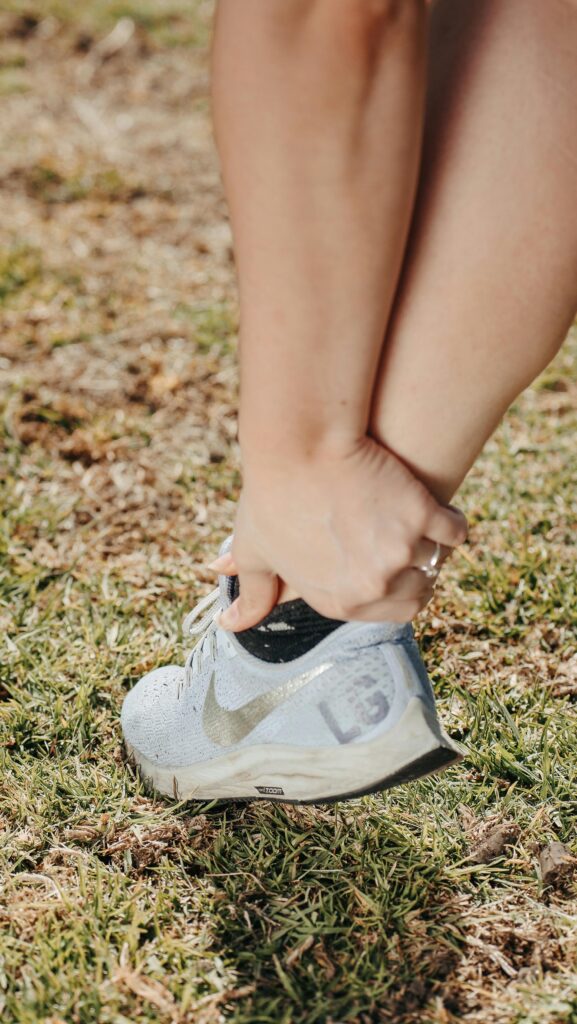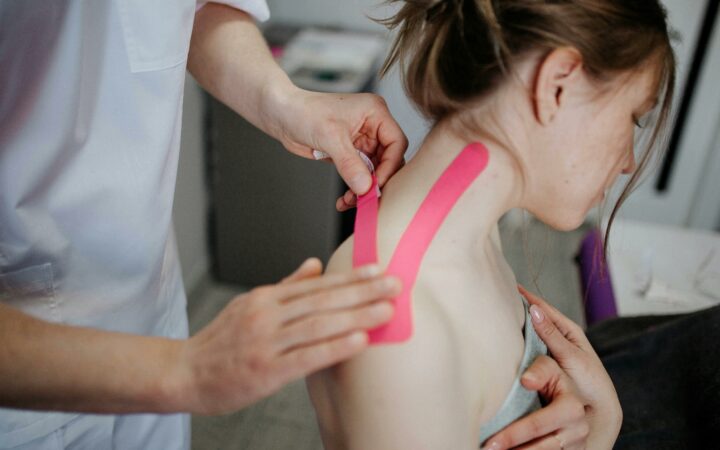The sharp, stabbing heel pain that comes with Plantar Fasciitis can be agonising, frustrating and delibitating. However, there are some easy things you can do that can make the world of difference. Many people swear by plantar fasciitis inserts, as orthotic insoles have arch support and cushioning that can offer relief.
Treatment also commonly involves applying ice ( indirectly ) to the area, rest and heel stretching exercises.
What is Plantar Fasciitis?
Plantar Fasciitis is inflammation of the plantar fascia which is a thick band of tissue running across the bottom of the foot. It connects the heel bone to the toes and supports the arch of the foot. When the fascia is overstretched, it can develop tiny tears which lead to inflammation, pain and stiffness. It’s more common in people over 40, people with flat feet and people with an abnormal walking pattern, all of which put extra strain on the plantar fascia.
Standing a lot, wearing shoes without a good level of arch support and tight achilles tendons and calf muscles are also risk factors.

Photo by Kindel Media
Plantar Fasciitis Symptoms
The first step in the morning is usually very painful and then subsides throughout the day. The pain is usually in the bottom of the heel, but can radiate into the arch. Sufferers might also find the pain comes back after standing for a long time or after a period of rest. The affected area may also be red and swollen.
Plantar fascitis pain is described as dull, sharp, stabbing or a bit like a bruise.
Plantar Fasciitis Treatments
The good news is that plantar fascitis is very treatable and most cases resolve with patience, physical therapy and rest.
- Ice packs applied to the heel for 15 minutes multiple times a day can help reduce inflammation and pain and a physiotherapist can offer advice for exercises and stretches to do.
- Rest and avoid activities that make the pain worse.
- Supportive footwear is really important, shoes with good arch support and cushioning can reduce pain significantly.
- Orthotic supports, either custom made of over the counter are also recommended.
- Always warm up and stretch properly before and after exercise.
Plantar fasciitis can be a frustrating condition, but with proper management, exercises and use of plantar fascitis inserts you can leave the pain behind and live the active life you had before.
Always see a doctor for a diagnosis and to rule out other conditions.











Leave a Reply